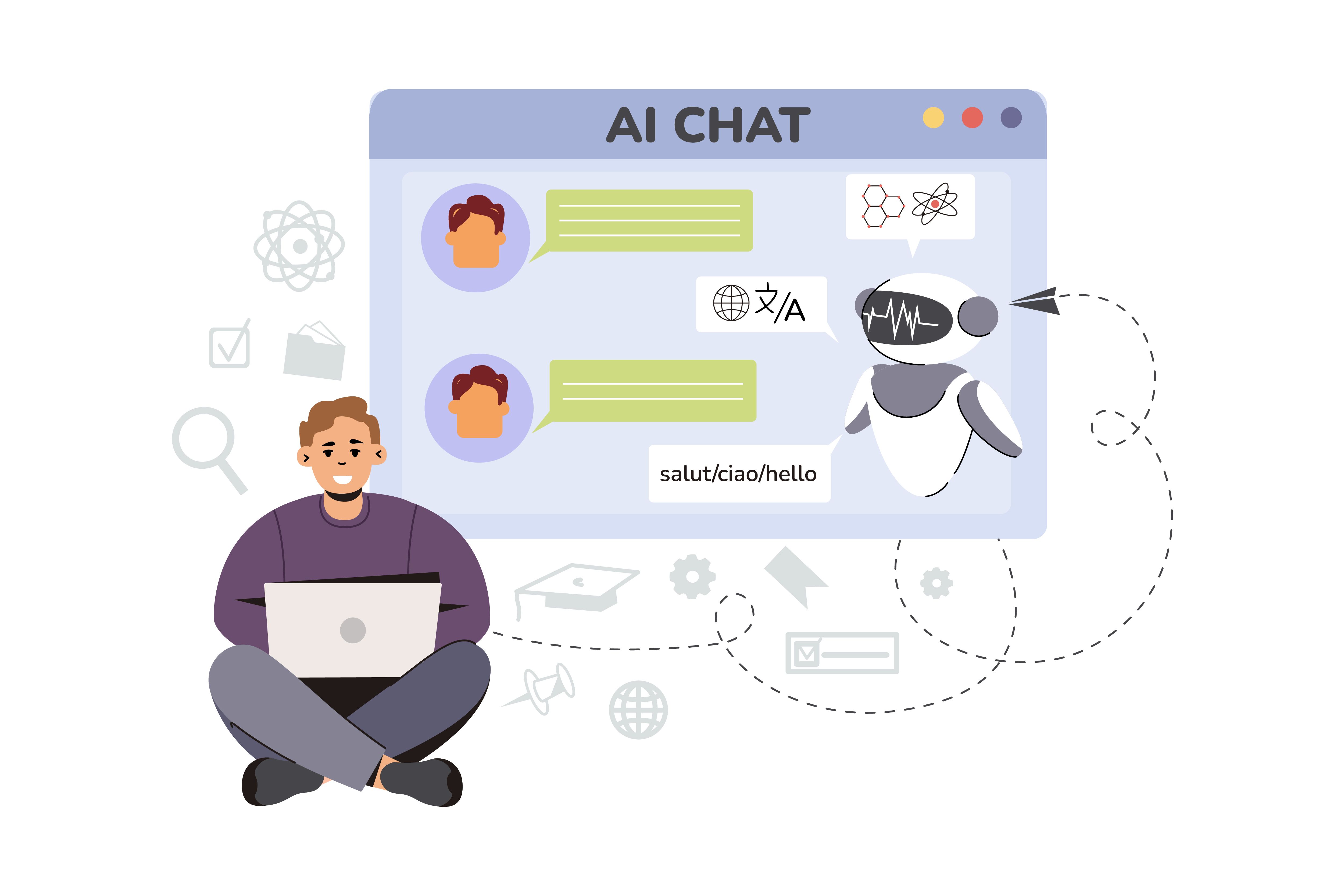How to Scale Customer Support Without Scaling Costs Anonymous

Key Points
Companies experiencing 20-30% annual growth typically see support ticket volumes increase by 40-50%, creating an unsustainable cost trajectory without strategic intervention.
AI-powered automation can handle up to 80% of routine customer inquiries, reducing response times from hours to seconds while maintaining quality.
Self-service portals and knowledge bases deflect 67% of support tickets when properly implemented, dramatically reducing agent workload.
Implementing tiered support models can reduce per-ticket costs by 45% while improving resolution times for complex issues.
Proactive support strategies prevent 30% of potential issues from becoming support tickets, saving both time and resources.
Community-driven support forums can resolve 25% of technical queries without agent intervention, creating scalable peer-to-peer assistance.
Overview
The math of traditional customer support is broken. As businesses grow, support costs typically scale linearly, or worse, exponentially, with customer acquisition. For every 100 new customers, companies traditionally add more agents, more infrastructure, and more overhead, creating an unsustainable economic model that eats into profit margins and limits growth potential.
But what if you could handle 10x the support volume with only 2x the resources? Modern technology, strategic process optimization, and intelligent automation have made it possible to completely decouple support quality from support costs. Companies that master this approach maintain world-class customer satisfaction scores while spending 60% less on support operations than their traditionally-scaled competitors.
This blog post by Anablock reveals the proven strategies and technologies that enable businesses to scale customer support exponentially while keeping costs flat or even reducing them. We'll explore how leading companies are transforming support from a cost center into a competitive advantage.
1. Leveraging AI and Automation for Instant Resolution
The most transformative shift in customer support economics comes from intelligent automation that handles routine inquiries without human intervention. Modern AI doesn't just deflect tickets, it completely resolves them, often providing better, faster answers than human agents.
Studies show that 80% of customer inquiries are repetitive questions about order status, password resets, billing queries, or product information. When AI handles these automatically, human agents focus on complex, high-value interactions that truly require human empathy and problem-solving skills.
Strategic Implementation Areas:
- Conversational AI Chatbots: Deploy intelligent bots that understand context, maintain conversation history, and escalate seamlessly when needed
- Automated Ticket Routing: Use machine learning to instantly categorize and assign tickets to the right team or automation workflow
- Predictive Issue Resolution: Implement AI that identifies and resolves problems before customers even notice them
- Smart Response Suggestions: Equip agents with AI-powered response recommendations that reduce resolution time by 40%
- Sentiment Analysis Triggers: Automatically escalate frustrated customers to senior agents before situations deteriorate
Companies implementing comprehensive AI automation report average cost-per-ticket reductions of 70% and first-response times dropping from 24 hours to under 30 seconds. Customer satisfaction scores often increase because issues are resolved faster and more consistently.
2. Building Self-Service Ecosystems That Customers Prefer
The paradox of modern customer support: most customers would rather solve problems themselves than talk to support, if you give them the tools to do so effectively. A well-designed self-service ecosystem doesn't just reduce costs; it delivers the instant gratification customers increasingly expect.
Research indicates that 67% of customers prefer self-service over speaking to a company representative for simple issues. Yet most businesses fail to capitalize on this preference, offering outdated FAQs instead of dynamic, intelligent self-service experiences.
Essential Self-Service Components:
- Interactive Knowledge Bases: Create searchable, multimedia content libraries with video tutorials, step-by-step guides, and visual troubleshooting flows
- Community Forums: Foster peer-to-peer support communities where experienced users help newcomers, creating exponential value without linear costs
- In-App Guidance: Implement contextual help bubbles and progressive disclosure that prevents issues before they become tickets
- Diagnostic Tools: Provide automated troubleshooting wizards that guide customers through common problem resolution paths
- Mobile-First Design: Ensure all self-service resources are optimized for mobile devices where 58% of support searches originate
3. Implementing Proactive Support to Prevent Issues
The cheapest support ticket is the one that never gets created. Proactive support identifies and resolves potential issues before customers experience them, fundamentally changing the economics of customer service.
Companies practicing proactive support see 30% fewer inbound tickets while simultaneously improving customer satisfaction scores. By monitoring user behavior, system performance, and common friction points, you can intervene before frustration builds.
Every prevented ticket saves $5-15 in direct support costs plus the indirect costs of customer frustration and potential churn. Proactive support transforms customer service from a reactive cost center into a strategic retention driver.
4. Optimizing Team Structure and Workflows
Even with automation and self-service, human support remains essential for complex issues. The key is structuring your team and workflows to maximize efficiency without sacrificing quality.
Traditional support models waste enormous resources through inefficient routing, lack of specialization, and poor knowledge management. Modern tiered support structures can handle 3x the volume with the same headcount by optimizing how work flows through the system.
Workflow Optimization Tactics:
- Implement skill-based routing that matches tickets to agents with relevant expertise
- Create specialized tiger teams for high-volume issue categories
- Establish clear escalation paths that prevent tickets from bouncing between agents
- Use time-zone follow-the-sun models for 24/7 coverage without night shifts
- Deploy workforce management tools that predict volume and optimize scheduling
5. Harnessing Data Analytics for Continuous Improvement
Data transforms customer support from guesswork to science. By analyzing support interactions, you can identify cost-saving opportunities that would otherwise remain hidden.
Advanced analytics reveal that 20% of issues typically generate 80% of tickets. By identifying and addressing these root causes, companies can dramatically reduce support volume while improving product quality.
Analytics-Driven Optimization:
- Track cost-per-resolution across different channels and issue types
- Identify common issue patterns that indicate product or process improvements
- Monitor agent performance metrics to optimize training and coaching
- Analyze customer effort scores to streamline resolution paths
- Measure deflection rates to optimize self-service content
6. Creating Scalable Knowledge Management Systems
Knowledge is the foundation of efficient support. When agents spend 40% of their time searching for information, costs skyrocket while customer satisfaction plummets.
Modern knowledge management systems use AI to surface relevant information instantly, reducing average handle times by 35% while improving first-contact resolution rates.
7. Building Strategic Technology Partnerships
The right technology stack can make or break your support scaling efforts. While point solutions address specific needs, integrated platforms provide the foundation for exponential efficiency gains.
Anablock specializes in creating comprehensive automation solutions that enable businesses to scale support without scaling costs. Their integrated approach combines AI chatbots, workflow automation, and intelligent routing to handle massive volume increases without proportional resource growth.
Technology Stack Essentials:
- Omnichannel support platforms that unify all customer interactions
- AI-powered automation tools for ticket deflection and resolution
- Analytics platforms that provide actionable insights
- Integration capabilities that connect support to other business systems
- Scalable cloud infrastructure that grows with demand
Measuring Success: KPIs That Matter
To ensure your scaling efforts deliver results, track these critical metrics:
- Cost per ticket: Should decrease by 40-60% with proper automation
- First contact resolution rate: Target 75% or higher
- Self-service deflection rate: Aim for 50-70% of potential tickets
- Average handle time: Reduce by 30-40% through optimization
- Customer effort score: Lower scores indicate easier resolution paths
- Agent utilization rate: Optimize for 75-85% productive time
- Ticket backlog trends: Maintain consistent or declining backlogs despite growth
Implementation Roadmap
Successfully scaling support without scaling costs requires a phased approach:
- Phase 1 (Months 1-3): Audit current support operations, identify quick wins, implement basic automation
- Phase 2 (Months 4-6): Deploy comprehensive self-service tools, optimize knowledge management, establish analytics foundation
- Phase 3 (Months 7-9): Implement AI-powered automation, restructure team workflows, launch proactive support initiatives
- Phase 4 (Months 10-12): Integrate advanced analytics, optimize based on data insights, scale successful initiatives
Conclusion
The traditional model of scaling customer support, hiring more agents as you grow, is not just expensive; it's obsolete. Modern businesses are proving that exceptional customer support and operational efficiency aren't mutually exclusive. By combining intelligent automation, self-service empowerment, and strategic process optimization, companies can handle exponential growth while actually reducing per-customer support costs.
The transformation requires investment in technology and process change, but the returns are undeniable. Companies that master scalable support gain a significant competitive advantage: they can grow faster, serve customers better, and maintain healthy margins that fuel further innovation.
Tools and platforms like Anablock's comprehensive solutions make this transformation accessible to businesses of all sizes. The question isn't whether to modernize your support operations, it's how quickly you can implement these strategies before competitors gain the advantage.
Remember, scaling support efficiently isn't about cutting corners or reducing service quality. It's about working smarter, leveraging technology strategically, and creating support experiences that customers actually prefer. Start implementing these strategies today, and watch your support metrics transform from a growth constraint into a growth accelerator.
Want to learn more about our healthcare solutions?
Discover how our AI technology can transform your healthcare practice.
Related Articles



